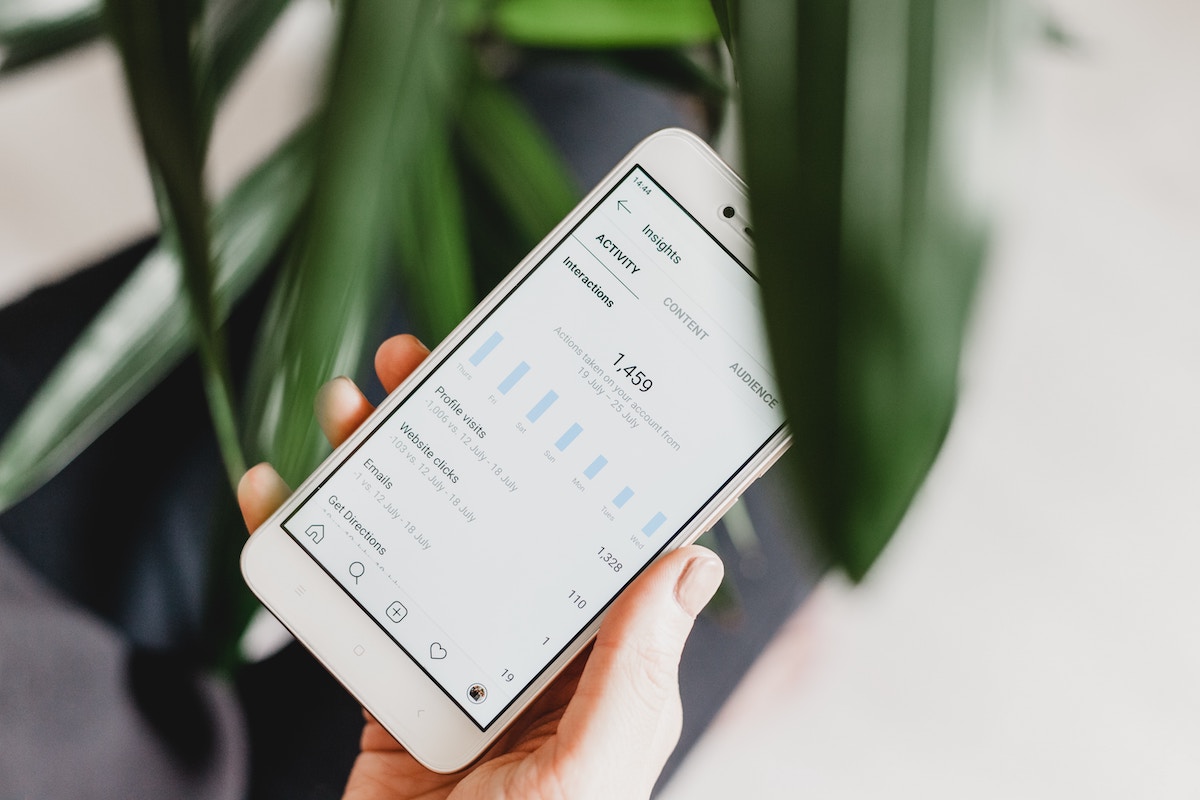Cold calling and direct mail aren’t dead, but inbound marketing is where a business really makes headway when it comes to lead generation.
Inbound marketing, which refers to a marketing strategy that is specifically geared toward strengthening the brand-consumer relationship, is tantamount to marketing success. It includes the types of things that help attract customers to your business’s various digital platforms and that build a strong connection once they get there — think SEO-driven blog posts, social media promotions, videos, and personalized email marketing.
Unlike outbound marketing, which casts a wide net in the hopes of guiding leads through the pipeline, inbound marketing is geared toward lead creation and nurturing. While the end goal is always to drive a customer toward a sale, there’s also a strong priority on enhancing brand awareness and putting down conversational roots. But with multiple objectives at play, it can be difficult for a business to pin down exactly what their KPIs are — and how to effectively determine the ROI of inbound marketing efforts.
Don’t market in the dark. Read on for helpful advice on determining your ROI for three of the most impactful inbound marketing techniques.
Emails
Why they matter: Emails are the heart of inbound marketing. When done right, they can turn strangers into sales-qualified leads and current customers into brand advocates.
What KPI to track: Click-Through Rates
Emails tend to have a high rate of revenue return — about $38 for every $1 spent, as a matter of fact — but to truly understand how effective your email marketing is you need to look past profit and into something a bit more specific: click-through rates.
Click-through rates tell you a lot about how your emails are performing. They can cue you in on what subject lines are grabbing attention, which assets are the most valuable to your recipients, and who is engaging with your content the most. All of those insights are invaluable in terms of designing future marketing campaigns and quantifying your leads.
How to measure it: Unique clicks [total number of clicks – multiple clicks by single subscribers] / total number of email opens x 100.
Blog Posts
Why they matter: Blog posts probably aren’t your biggest sales drivers, but that doesn’t mean they’re not important. Blogs help you spread the word about who you are and build relationships with your online audience. When properly optimized for search engines, they’re also integral to improving your ranking and getting in front of more users.
What KPI to track: Time on Page
The best way to tell how well your blog posts are doing their job is to figure out how long they’re capturing your audiences’ attention. The longer someone stays on the page, the more they’re engaging with the content and the more progress you’re making in strengthening your bond.
Measuring the average session duration of content helps businesses understand the quality and utility of what they’re putting out there. And patterns in session duration can be insightful, too. Figuring out which posts people are spending the most — and least — amount of time with will give you a good idea of the types of content you should focus on moving forward and which you should ditch.
How to measure it: Total duration of all sessions in seconds / total number of sessions. (Do this for each post.)
Social Media
Why it matters: Long gone are the days where social media is just a side hustle. Today, your social media presence is as important as your website in cultivating leads, and it’s changed the game in terms of how (and how often) you should engage with your audience.
What KPI to track: Engagement
If a brand has 100,000 followers but 0 likes on a post, do those 100,000 followers really matter? Building a large following is vital to successful social media, but it’s not the metric that establishes whether you’re maximizing its impact. For that, you need to look at engagement, and you need to look on a post-by-post basis.
Engagement is so critical because in addition to providing a barometer for how well your posts are hitting their marks more engagement also means more viewership beyond your follower list. That’s a big opportunity for catching the interest of new people and organically growing your consumer base. It also gives your page more pull with the social media platform itself. On Twitter, for example, the more people who engage with your content, the more likely you are to show up on their feed.
How to measure it: Total number likes + total number of comments + total number of shares.
The KPIs above aren’t the only things you should be tracking when it comes to the ROI of inbound marketing, but they will provide you with keen awareness of how you’re performing and what you need to capitalize and work on moving forward.
It’s never too late to dig in to the data. If you’re not measuring these instrumental KPIs, now’s the time to start.
